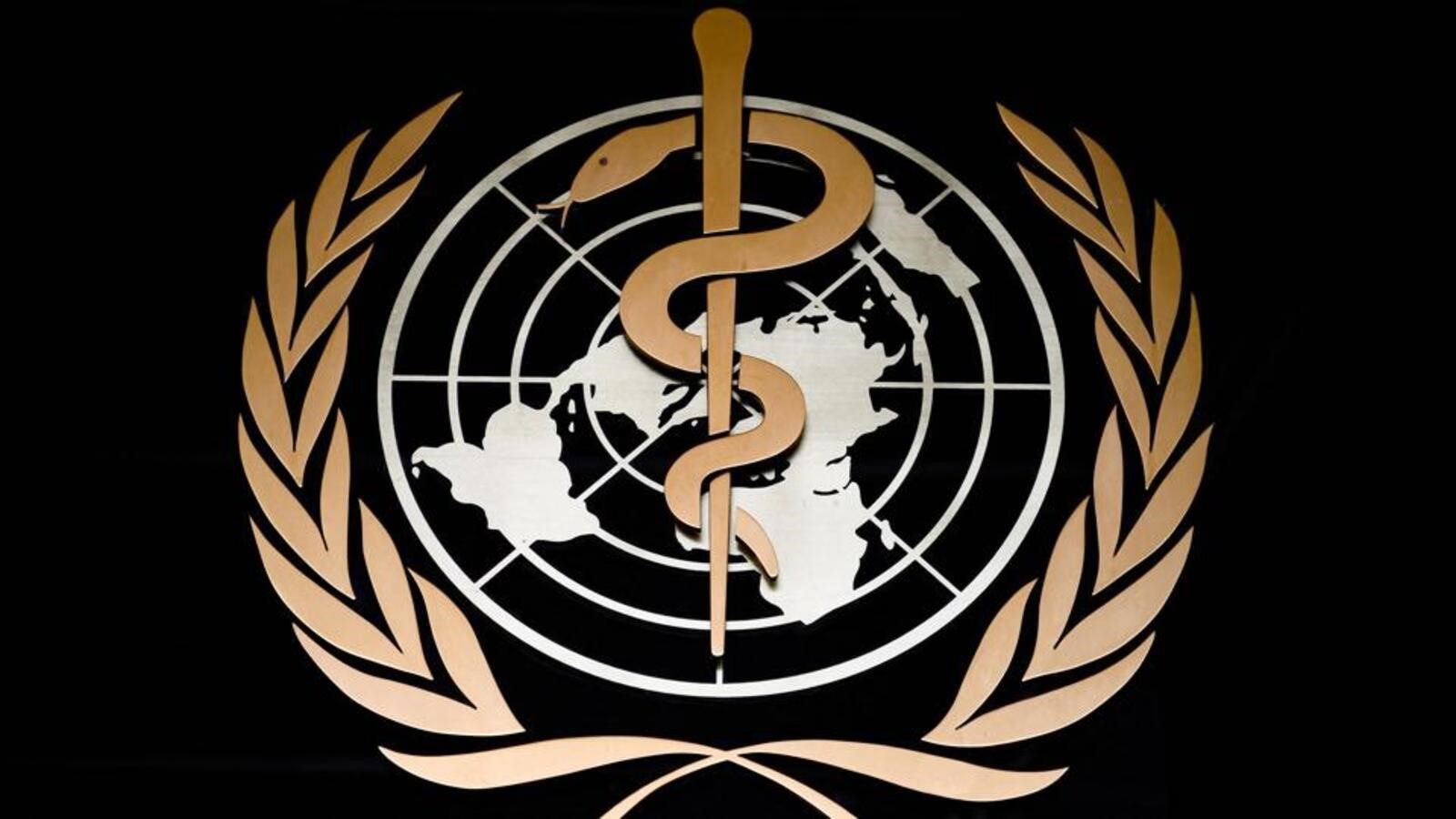Contaminated Blood Scandal
- 20 May 2024
Why is it in the News?
An independent inquiry report on the UK’s contaminated blood scandal, to be published Monday (May 20), indicates Britain may pay over 10 billion pounds ($12.70 billion) in compensation to thousands infected with HIV or hepatitis.
What is the Contaminated Blood Scandal?
- During the 1970s and 1980s, thousands of people who had the blood-clotting disorder haemophilia were given blood donated or sold by people who were infected with the HIV virus and hepatitis.
- Tainted blood was also given to people who needed blood transfusions after childbirth or surgery.
- In the early 1970s, the NHS (Britain’s National Health Service) started using a new treatment for haemophilia called Factor VIII.
- This was a processed pharmaceutical product that was created by pooling plasma from many donors.
- Factor VIII was considered to be a “wonder drug” for patients with classical haemophilia and Von Willebrand Syndrome (which is a bleeding disorder in which the patient’s blood cannot clot fully), more efficient and convenient than earlier treatments.
- The nature of Factor VIII was such that even one infected donor could compromise the entire batch of the protein.
- The product used by the NHS was imported from the United States, where a large volume of donated plasma at the time came from prisoners and users of intravenous drugs who were paid for their blood.
- The inquiry report has estimated that more than 30,000 people were infected with HIV, hepatitis C or, as in the case of 1,250 haemophiliacs, both.
- Most hepatitis C infections were seen in transfusion recipients, and as many as 380 children were infected with HIV.
- Nearly two-thirds of those who were infected with HIV later died of AIDS-related illnesses, and an unknown number transferred HIV to their partners.
- The report said that 2,400-5,000 recipients of blood developed hepatitis C, with the exact figure not known yet, as symptoms can show up years later.
How did the government react after the scandal was widely known?
- It was only after 1985 that all Factor VIII products were heat-treated to kill the HIV virus.
- However, UK blood donations were not routinely screened for hepatitis C until 1991.
- Evidence provided to the inquiry suggests that the British government chose to turn a blind eye to the situation, mainly due to financial considerations.
- Official documents from the 1990s revealed that due to cost concerns, the NHS did not pursue adequate testing or awareness campaigns, despite warnings in the mid-1970s about the risks of viral infections from US blood donations.
- As early as 1953, the World Health Organisation (WHO), had warned of the hepatitis risks associated with the mass pooling of plasma products.
- It urged that dried plasma should be prepared from pools of between 10 to 20 donors to reduce the risk of contamination.
- In 1974, the UN agency warned Britain not to import blood from countries with a high prevalence of hepatitis, such as the US.
- Another warning of the risk of contracting HIV from blood products was issued in 1982.
- The following year, The Lancet and WHO said haemophiliacs should be told about the dangers of donated plasma.
Calcium Carbide

- 20 May 2024
Why is it in the News?
Food regulator FSSAI has asked traders and food business operators not to use the banned product 'calcium carbide' for ripening of fruits.
What is Calcium Carbide?
- Calcium carbide is a hazardous chemical that can have adverse effects on human health.
- It is a colourless, odourless substance that reacts with moisture to produce acetylene gas, which is a known carcinogen.
- This gas can cause respiratory problems, eye irritation, and even skin burns.
- In addition, calcium carbide also contains traces of arsenic and phosphorus, which are toxic substances that can lead to serious health complications.
- Calcium carbide is a commonly used chemical compound in the agriculture industry, especially for ripening fruits.
- It is a cheap and easily available substance that is widely used by fruit vendors and farmers in India to speed up the ripening process of fruits such as mangoes, bananas, and papayas.
- Due to these dangers, the use of calcium carbide for ripening fruits has been banned under the Regulation of the Food Safety and Standards (Prohibition and Restrictions on Sales) Regulations, 2011.
- This regulation explicitly states, "No person shall sell or offer or expose for sale or have in his premises for sale under any description, fruits which have been artificially ripened by use of acetylene gas, commonly known as carbide gas".
Ethylene gas as a safer alternative:
- Considering the issue of rampant use of banned calcium carbide, FSSAI has permitted the use of ethylene gas as a safer alternative for fruit ripening in India.
- Ethylene gas can be used at concentrations up to 100 ppm, depending upon the crop, variety and maturity.
- Ethylene, a naturally occurring hormone in fruits, regulates the ripening process by initiating and controlling a series of chemical and biochemical activities.
- The treatment of unripe fruits with ethylene gas triggers the natural ripening process until the fruit itself starts producing ethylene in substantial quantities.
- Further, the Central Insecticides Board and Registration Committee (CIB & RC) have approved Ethephon 39 per cent SL for the uniform ripening of mangoes and other fruits.
Nucleosynthesis

- 20 May 2024
Why is it in the News?
Stellar nucleosynthesis is the process by which stars forge elements inside their cores.
What is Nucleosynthesis?
- Nucleosynthesis is the process by which atomic nuclei undergo nuclear reactions and decay to form new nuclei.
- It is responsible for the production of new elements in the universe.
- Nucleosynthesis occurs in various environments, such as during the Big Bang, in the cores of stars through nuclear fusion, and in black hole accretion disks through nuclear burning.
- The process is temperature-dependent, and the rates of nuclear reactions are influenced by the temperature of the environment.
- The Big Bang Nucleosynthesis (BBN) model is a fundamental theory that explains the evolution of the early universe and predicts the abundance of light elements.
- Nucleosynthesis plays a crucial role in understanding the composition of the universe and can provide insights into physics beyond the standard model.
Types of nucleosynthesis:
- Nucleosynthesis occurs in several different environments and phases of the universe's evolution, including:
- Stellar Nucleosynthesis: This occurs within stars and is responsible for producing most of the chemical elements heavier than hydrogen and helium.
- As stars age and undergo various stages of nuclear fusion, they synthesize elements up to iron in their cores, and heavier elements during supernova explosions at the end of their life cycles.
- Big Bang Nucleosynthesis: This took place during the early moments of the universe's existence, shortly after the Big Bang.
- t primarily produced the lightest elements, hydrogen, and helium, along with trace amounts of lithium, beryllium, and boron.
- Cosmic Ray Spallation: High-energy cosmic rays interacting with interstellar matter can cause fragmentation of atomic nuclei, resulting in the production of lighter elements and isotopes.
Bacterial Pathogens Priority List (BPPL)

- 20 May 2024
Why is it in the News?
The World Health Organization (WHO) recently released its updated Bacterial Priority Pathogens List (BPPL) 2024.
What is the Bacterial Pathogens Priority List?
- The Bacterial Pathogens Priority List (BPPL) is a crucial tool in the global effort to combat antimicrobial resistance (AMR).
Background:
- In 2017, the World Health Organization (WHO) created the first BPPL to guide investment in the research and development (R&D) of new antibacterial treatments, listing 13 bacterial pathogens (phenotypes).
- The list was developed using the Multi-Criteria Decision Analysis (MCDA) method, a scientific approach that evaluates and ranks alternatives based on multiple criteria, ensuring systematic and transparent decision-making.
- The 2024 WHO BPPL expands to cover 24 pathogens across 15 families of antibiotic-resistant bacteria, categorizing them into critical, high, and medium priority groups to guide R&D and public health efforts.
Significance:
- The BPPL directs priorities for R&D and investment in AMR, highlighting the necessity for region-specific strategies to combat resistance effectively.
- It is aimed at developers of antibacterial medicines, academic and public research institutions, research funders, public-private partnerships involved in AMR R&D, and policymakers responsible for AMR policies and programs.
What is Antimicrobial Resistance (AMR)?
- Antimicrobial resistance (AMR) is the ability of microorganisms to persist or grow in the presence of drugs designed to inhibit or kill them.
- These drugs, called antimicrobials, are used to treat infectious diseases caused by microorganisms such as bacteria, fungi, viruses and protozoan parasites.
- When microorganisms become resistant to antimicrobials, standard treatments are often ineffective, and in some cases, no drugs provide effective therapy.
- Consequently, treatments fail and this increases illness and mortality in humans, animals and plants.
- For agriculture, this causes production losses, damages livelihoods and jeopardizes food security.
- Moreover, AMR can spread among different hosts and the environment, and antimicrobial-resistant microorganisms can contaminate the food chain.
- Antimicrobial resistance (AMR) is a major global threat of increasing concern to human and animal health.
- It also has implications for food safety, food security and the economic well-being of millions of farming households.
Project Astra

- 20 May 2024
Why is it in the News?
Recently, during the company's annual developer conference, Google unveiled an early version of Project Astra.
What is Project Astra?
- Project Astra is an experimental “multimodal” AI assistant developed by Google DeepMind.
- It's designed to be a versatile tool that can understand and respond to information from the real world through various means, like text, voice, images, and even videos.
- This makes it different from current AI assistants that mostly rely on internet searches and user input.
- Building on Google’s Gemini language model, Astra has multimodal capabilities to perceive visuals, sounds, and other real-world inputs.
- The aim is to create a universal AI helper that seamlessly assists us in daily life by comprehending the actual environment through sight and sound, not just text.
- Astra represents Google’s vision for next-gen AI assistants.
Key Features of Google's Project Astra:
- Visual Understanding: Astra can interpret and analyze visual input from its camera feed.
- It identifies objects, reads text, and describes scenes and environments in detail, allowing users to show Astra something and ask questions about it.
- Voice Interaction: Astra supports natural conversation without the need to repeatedly use wake words.
- It comprehends context and facilitates back-and-forth dialogue, even allowing users to interrupt its responses.
- Remembering Context: Astra retains memory of previous conversation parts, objects it has seen, and information provided by the user.
- This contextual awareness enhances the fluidity of interactions.
- Multimodal Integration: Astra integrates visual and auditory inputs to form a comprehensive understanding of the current situation, correlating what it sees and hears to fully grasp the context.
- Real-Time Assistance: Astra delivers real-time assistance by rapidly processing sensor data and queries, ensuring a responsive and interactive user experience.
What are Multimodal AI Models?
- Multimodal AI models are advanced artificial intelligence systems that process and integrate multiple types of data inputs, such as text, images, audio, and video, to develop a comprehensive understanding of context.
- By combining these different modalities, these models enhance their ability to interpret complex scenarios more accurately than unimodal systems.
- For instance, in autonomous vehicles, multimodal AI uses data from cameras, lidar, radar, and GPS for better navigation.
- In healthcare, these models integrate medical images with patient history for improved diagnostics.
- Applications also include virtual assistants, which understand and respond to spoken commands while recognizing objects in images, and educational tools that combine text, video, and interactive content for richer learning experiences.
- Multimodal AI models are often implemented using deep learning techniques, which allow the model to learn complex representations of the different data modalities and their interactions.
- As a result, these models can capture the rich, diverse information present in real-world scenarios, where data often comes in multiple forms.
